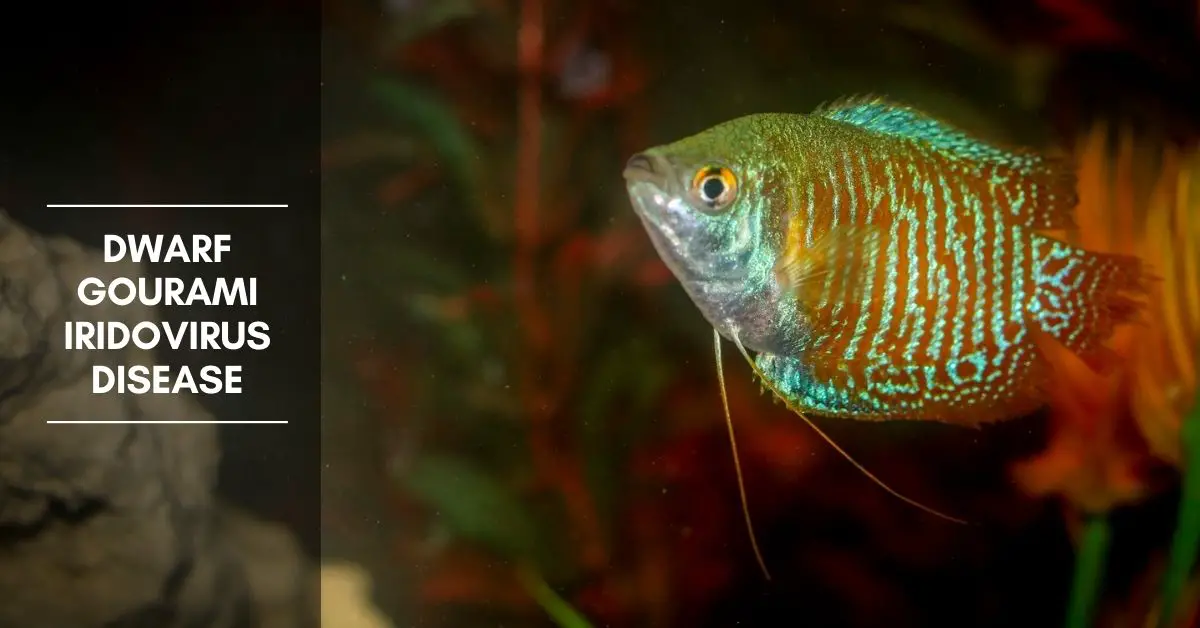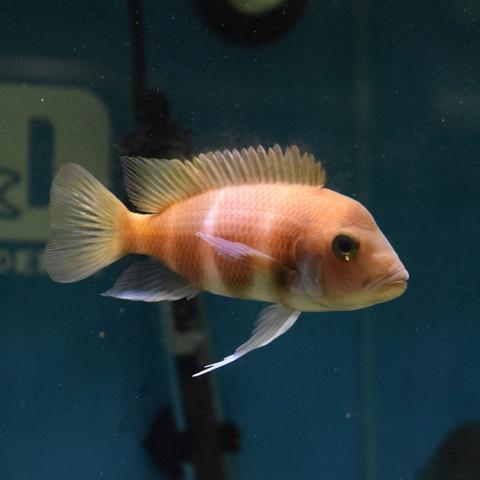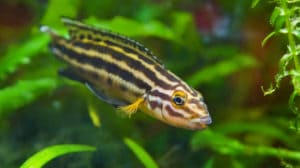Water softeners will be of different ages. Over time the technology has improved. They remove more of the salt from the softened water than they have in the past. However, some sodium will get rhough. The problem is greater from the waste the siftener pumps out. This is where all of the sodium and chloride are and they have an iimpact on the environment.
I chose to get an TRO/DI unit beciuase the DI part removes Ions. In water Nitrate is an ion and so is nitrite. Even ammonium is an Ion. When I test the output water from my unit is reads close to 0 TDS. The pH of it should be dead neutral at 7.0, but it never is. This is due to CO2. As this naturally works its way back into the RO/Di it creates carbonic acid and this lowers the pH. This happens because the KH of the RO/DI water is 0. So there is no buffering in the water and the acid drops the pH well under 7.0.
I mix my RO/DI with my tap in an 11::9 mix. But, I use my digital probes in the changing water to adjust the pH some. This is hbased on what the tank readings are. I use muriatic acid to get the pH where I need so when I refil the tank the resultant parametrs will be within my target range which is 5.8 to 6.3.
There is a belief out there that changing the pH by more than a tiny bit will harm fish. However, this is not a universal. It depsnds on the species and the direction of the change. Here is what I do know. When I decided to give Altum angels a go, I bough the first ones from a home based seller. I picked them up from him at his home. He had a nice fish room in the basement filled with vert soft water low pH fish. ut he worked a full time job and the fish were a hobby/second business.
His wife would do water changes but she would not do anything about fine tuning parameters using acid. When I went to get my fish he needed to do that. I watched him put probes into a tank with Altums and then watched him add acid which caused the pH to drop 1.i point in under 5 minutes. To my surprise the fish appeared not to even notice the change. Over the time I have kept Altums I have dropped their tank pH by one full pint in under five minutes, The fish were fine.
Bear in mind the fish came out of water with a pH of about 4.0. When I received them the tank was at 4.2 and 20-30 ppm TDS. I took six months to raise the pH to the 5.8 - 6.3 range and to raise the TDS into the 60-70 ppm range. The most interesting part of it all was I essentially did a fish in cycle without intending to do so. At a pH under 6 prety much all the ammonia in NH4 and none is NH3. So the fish can deal with this for a while. I did have a plan to cycle filters at 6.0 in a biofarm tank.
This involved cycling them at my tap's 7.0 and then dropping the pH by .2 and recycling at that level. I thought this was a great plan as the filters would be functioning at 6.0 about the same time the tank had risen to that level. Even at 6.0 ammonia is not real toxic. But no fish will do well over time in NH4 at any level. It may be less toxic than the NH3 form, but it can still harm fish from elevated levels for extended time.
However, before it was time to add the filters, testing the tank revealed that there was 0 ammonia present. The tank cycled itself and the parameters made it safe for the fish. I added the cycled air powered foam filters anyway. The tank did have a couple of AC 200s on it from the start. I normally cycle filters in a biofarm for many tanks. However, the cycled filters go into the tank before the fish so I can do a test ammonia dose to insure the filters have the tank safe for the fish. So far they have always been 100% ready.
I do not use any buffers but I do have almond leaves in the Altum tank and alder cones in bags in the filters. I run this tank stained which makes using test kits tricky. But, during the initial phase, the water was left unstained so I could read the test results. The staining began at about the six month point. I actually had to run through two poorly working digital monitors before i got the one I have had ever since,
Like I said, water chemistry is not so simple.










